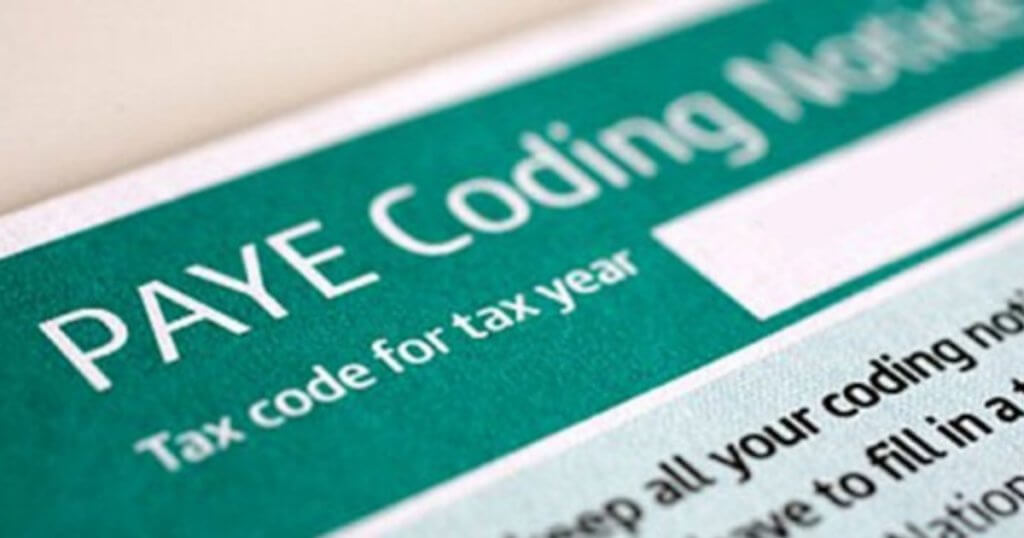Current HMRC legislation allows you to claim tax relief for each business journey you undertake in your own private vehicle. This post looks at what documentation you need to keep in order to successfully claim a tax rebate for mileage.
Claiming mileage allowance relief can lead to a substantial tax rebate. HMRC will allow you to backdate your claim for the last 4 tax years, so you could potentially claim a significant tax rebate if you have not previously claimed.
However, when making a claim, it is important that you have maintained sufficient documentation of the journeys you have undertaken for work.
What to include in your mileage Logs
In order to make a claim for mileage allowance relief, you need to maintain details of the journeys you have undertaken for work. These logs should include the following information:
- Date of journey
- Start and end address (including postcode)
- Purpose of journey
- Any amounts reimbursed by your employer
Remember, travelling between home and your normal place of work does not count as business travel.
How to record your logs
There is no prescribed format in which you have to log your mileage, as long it it includes the information detailed above. If you’re tech-savvy, we recommend you log your mileage electronically – either on a spreadsheet or a smartphone app.
There are an array of apps available – just search for “mileage” in your App store and try a couple out.
Fuel receipts and other vehicle expenses
In an effort to simplify record keeping and reduce the administrative burden on both the taxpayer and HMRC, it is not possible to claim any costs relating to fuel, insurance, maintenance or any other costs you have incurred in the upkeep of your vehicle.
Instead, the flat rate mileage allowance is designed to cover all of these costs. Consequently, it is not necessary to keep or provide receipts for fuel or any other vehicle expenses.



